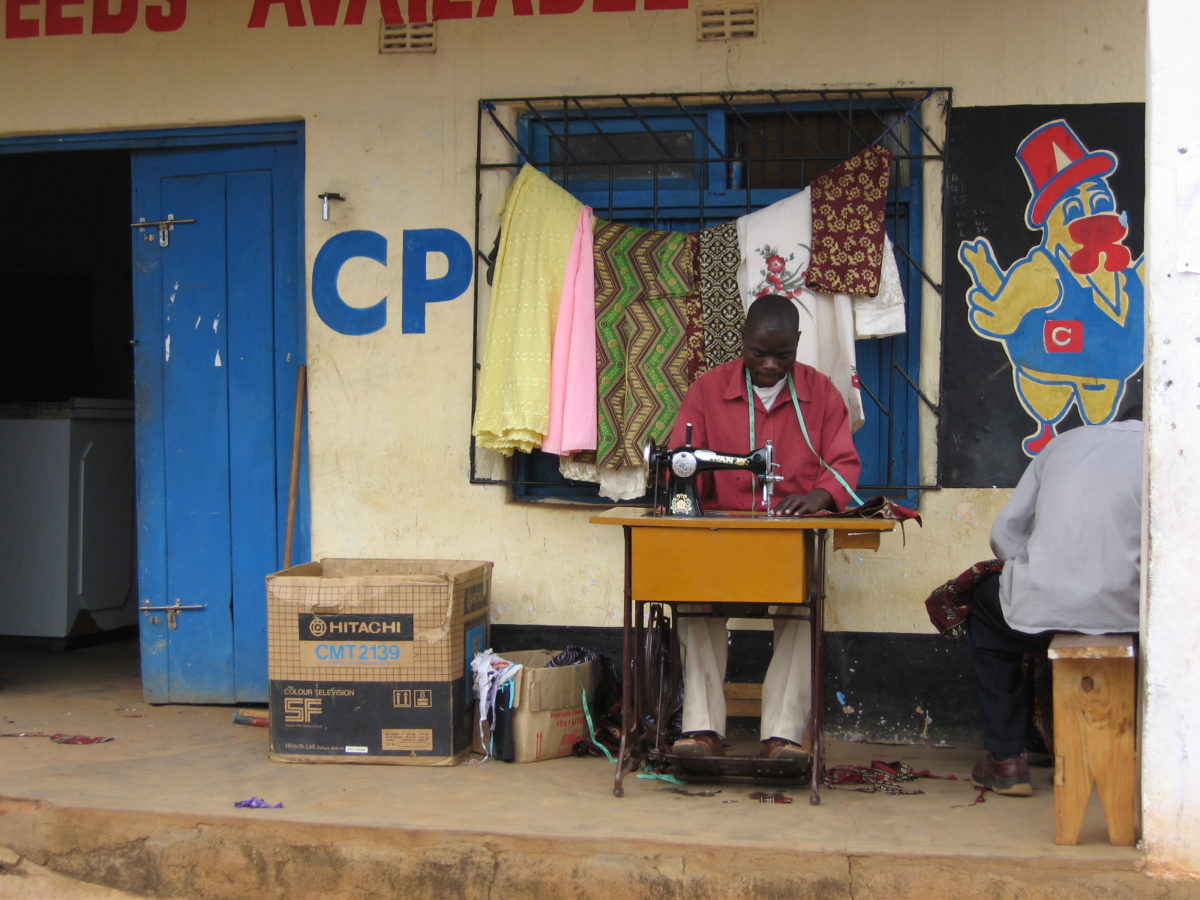When Gret Glyer graduated from college in 2012 he started working at Enterprise Rent-A-Car.
But for Glyer, who grew up in Fairfax Station, Va., it didn’t really work out. “The whole nine to five thing is completely unappealing to me,” he said.
So Glyer started looking into how he might spend some time overseas, and eventually settled on an opportunity to teach math in Malawi, the landlocked country in southeastern Africa. In the end, Glyer lived in Malawi for three years and it was there that the idea for his company took root.
While in Malawi, Glyer saw a lot of big international aid organizations (organizations that depend on philanthropic donations) doing work and he was thoroughly unimpressed.
“It’s pathetic,” he said, “they’re completely irresponsible with donors money.” At the same time, Glyer himself ran a crowdfunding campaign in order to raise money for a girls school and it was hugely successful. “I saw the potential of what can happen if people circumvent the traditional way of getting funding to people [in need].”
So this is what DonorSee does.
Launched just four months ago, DonorSee is a crowdfunding platform for overseas aid workers looking to raise cash for specific projects. It’s sort of like GoFundMe — aid workers post projects (like this one to buy soccer balls in Ghana) and share with friends, family and other contacts who give varying amounts to make the project a reality. After a project is funded, aid workers are asked to send a video to all the donors that shows them exactly how the money they gave was spent.
This is what Glyer thinks is really key. In contrast to donating to a giant organization like Oxfam where there is no way of knowing exactly how your dollars were spent (and likely that at least some portion was spent on upkeep of the organization itself), with DonorSee “donors get to see exactly where their money is going.”
And this face-to-face experience, Glyer believes, is how DonorSee is “giving donors the best possible experience.”

A Staff Picks project, as seen on DonorSee. (Screenshot)
Anyone can post a project on DonorSee, but there is also a “Staff Picks” section featuring projects that have been vetted, Glyer said. Once a project is funded the money, minus a four percent service fee collected by DonorSee and a 2.9 percent + $0.30 fee from Stripe, goes into the aid workers bank account. From there, the aid worker is responsible for executing the project and spending the money as planned. So obviously if you’re giving money on DonorSee you’ll want to trust the person you’re giving to — which, of course, holds true for every charity.
For his part, Glyer has now moved back to Fairfax to focus on the site. He misses the slow pace of life in Malawi, he said, but this project, one he’s so passionate about, keeps him too busy to dwell on that.
Before you go...
Please consider supporting Technical.ly to keep our independent journalism strong. Unlike most business-focused media outlets, we don’t have a paywall. Instead, we count on your personal and organizational support.
Join our growing Slack community
Join 5,000 tech professionals and entrepreneurs in our community Slack today!

Supreme Court upholds TikTok ban, as creators and communities brace for impact

I’m a teenager who quit social media — and I’ve never been happier

Four ways Trump could upend the tech world in his first 100 days

